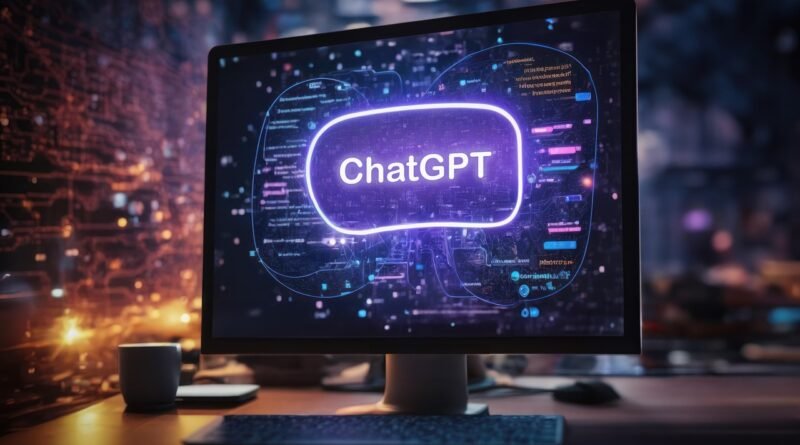ChatGPT App Update 2025: OpenAI Brings Real-Time Vision and Voice to Smartphones
Introduction
In a major leap forward for AI-powered mobile applications, OpenAI has rolled out a groundbreaking update to the ChatGPT app, now equipped with real-time voice conversations and image recognition capabilities. The 2025 upgrade marks a turning point in how users interact with artificial intelligence on their smartphones—making it more intuitive, accessible, and practical for everyday use.
This article breaks down the new features, their real-world implications, and what this means for the future of mobile apps and AI assistants.
What’s New in the ChatGPT App?
With the May 2025 update, the ChatGPT app now includes:
- Voice Mode (Real-Time Conversations): Users can speak directly with ChatGPT and receive verbal responses instantly, mimicking natural human conversation.
- Vision Capabilities: Users can now upload images and ask questions about them—whether it’s reading a document, identifying objects, or interpreting data in a chart.
- Improved Speed and Context Handling: ChatGPT can now process inputs faster and hold deeper contextual memory, making interactions feel more personalized and useful.
Real-World Use Cases
1. Productivity Boost for Professionals
Imagine pointing your phone at a whiteboard full of notes after a meeting and asking ChatGPT to summarize it into bullet points or an email draft. The image recognition feature makes this possible.
2. Learning and Education
Students can snap photos of handwritten equations or textbook pages and receive explanations in real time. The voice mode can turn the app into a tutoring companion that answers follow-up questions conversationally.
3. Accessibility Enhancements
For users with visual or motor impairments, the app becomes a hands-free assistant capable of reading signs, identifying obstacles, or managing digital tasks through voice-only interaction.
4. Travel and Daily Life
Point the camera at a foreign menu, street sign, or public transport map and ask for translations or directions. The app now functions as a multi-modal personal translator and navigator.
How It Compares to Rivals
While Google Assistant and Siri offer voice interaction, they lack the deep contextual understanding and creativity of GPT-4-turbo. Google Lens has image processing, but it doesn’t engage in conversational follow-ups like ChatGPT.
OpenAI’s integration of vision and voice into one cohesive AI assistant positions the ChatGPT app ahead of competitors in both depth and versatility.
Tech Behind the Scenes
- GPT-4-turbo: The app runs on OpenAI’s latest large language model, optimized for speed and cost-efficiency.
- Whisper: OpenAI’s automatic speech recognition model ensures accurate transcription of voice inputs.
- Custom Memory (Pro Users): ChatGPT can remember preferences and past interactions, offering a tailored experience over time.
Available Platforms & Pricing
The new features are available on both iOS and Android. Users can access basic features for free, while the enhanced real-time voice and vision tools are available to ChatGPT Plus subscribers at $20/month.
Future Potential
Looking ahead, OpenAI is expected to:
- Add video understanding capabilities, enabling the assistant to interpret moving visuals.
- Improve memory across devices, so users can pick up conversations seamlessly between desktop and mobile.
- Integrate with third-party apps for smarter productivity and home automation.
Conclusion
The 2025 update to the ChatGPT app represents a significant evolution in mobile AI—bridging the gap between human-like interaction and real-world problem-solving. With powerful voice and vision capabilities in your pocket, the way we use smartphones is about to change forever.

